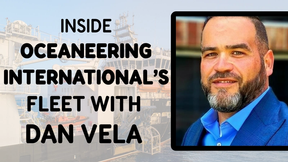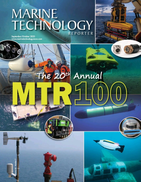Marine Technology Reporter Blogs - fluids
Managed Pressure Drilling for Brazil’s Pre-salt

The definition of MPD recently adopted by the IADC Underbalanced Operations and Managed Pressure Committee states that: “Managed Pressure Drilling (MPD) is an adaptive drilling process used to precisely control the annular pressure profile throughout the wellbore. According to drilling specialists, bottomhole pressure is normally maintained above pore pressure by controlling the density of the drilling fluid. When density gets too high, the formation begins to absorb the fluid and the fluid density needs to be adjusted. Casing must be run to isolate the open hole before drilling can continue. The common objective of all currently known managed pressure drilling techniques is to stretch or eliminate casing points to allow drilling beyond conventional limits of depth or pressure variation.
Well Stimulation and WSVs

Well stimulation is a well intervention performed on an O & G well to increase production by improving the flow of hydrocarbons from the drainage area into the well bore. The assortment of drilling fluid pumped down the well during drilling and completion can often cause damage to the surrounding formation by entering the reservoir rock and blocking the pore throats (the channels in the rock throughout which the reservoir fluids flow). Similarly, the act of perforating can have a similar effect by jetting debris into the perforation channels. Both these situations reduce the permeability in the near well bore area and so reduce the flow of fluids into the well bore. A simple and safe solution is to pump diluted acid mixtures from surface into the well to dissolve the offending material.


 August 2025
August 2025



